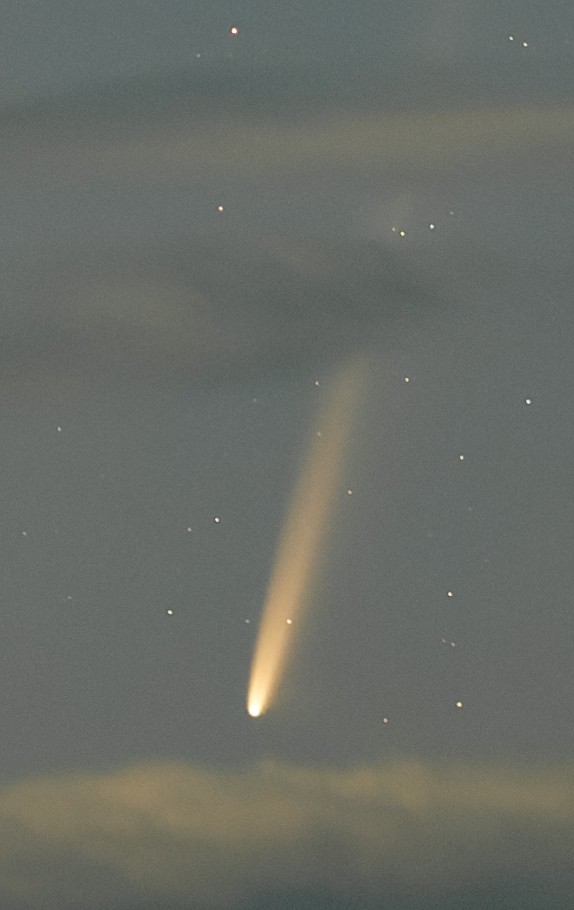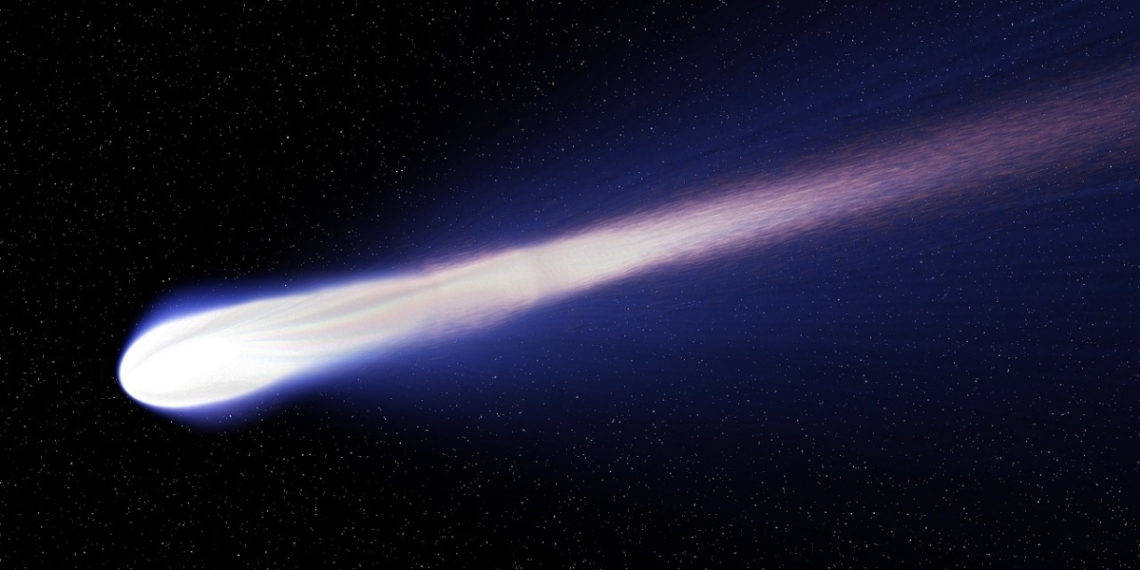A third interstellar object has been discovered in our solar system: these are the hypotheses of science

According to a NASA statement released in early July, comet 3I/ATLAS is the third known object from outside our solar system to be discovered.
Astronomers have categorized this object as interstellar due to the hyperbolic shape of its orbital path. (It does not follow a closed orbital path around the Sun.) When 3I/ATLAS orbits back in time, the comet clearly originates outside our solar system.
This celestial body poses no threat to Earth and will remain distant. The closest it will come to our planet is approximately 1.8 astronomical units (about 270 million kilometers).

3I/ATLAS will reach its closest point to the Sun around October 30, 2025. Photo: Istock
3I/ATLAS will reach its closest point to the Sun around October 30, 2025, at a distance of about 1.4 au (210 million kilometers), just inside the orbit of Mars.
The size and physical properties of the interstellar comet are being investigated by astronomers around the world. 3I/ATLAS should remain visible to ground-based telescopes until September 2025 , after which it will pass too close to the Sun for observation. It will reappear on the far side of the Sun in early December 2025, allowing for renewed observations.
Comets are usually named after their discoverer(s), in this case the ATLAS survey team. The "I" stands for "interstellar," indicating that this object came from outside our solar system. It is the third known interstellar object, hence the "3" in the name.
Where did this interstellar object come from? According to the entity, 3I/ATLAS formed in another star system and was somehow ejected into interstellar space, which is the space between stars.

The comet has a coma, or hair, a glowing cloud of gas and dust surrounding it. Photo: Mario Vargas, director of the Orion Interstellar Camp.
For millions or even billions of years, it has been drifting until it recently reached our solar system. It has been approaching from the general direction of the constellation Sagittarius, which is where the central region of our Milky Way galaxy is located.
When it was discovered, 3I/ATLAS was about 670 million kilometers from the Sun, within the orbit of Jupiter.
Observations of the comet's trajectory show that it is moving too fast to be limited by the Sun's gravity and is on what is known as a hyperbolic trajectory.
When it was discovered, the interstellar comet was traveling at about 221,000 kilometers per hour, or 61 kilometers per second, and its speed will increase as it approaches the Sun.
In other words, according to NASA, it is not following a closed orbital path around the Sun. It is simply passing through our solar system and will continue its journey into interstellar space , meaning it will never be seen again.
Astronomers don't yet know how big 3I/ATLAS is, but from observations, they can see that it is active, meaning it has an icy core.

Astronomers still don't know how big 3I/ATLAS is. Photo: Pixabay/A Owen
Also, he has a coma or hair, a glowing cloud of gas and dust that surrounds a comet as it approaches the Sun. This is why astronomers classify it as a comet and not an asteroid.
Before this, 'Oumuamua, the first known interstellar object, was discovered in 2017; the second was 2I/Borisov, which was discovered in 2019.
eltiempo




